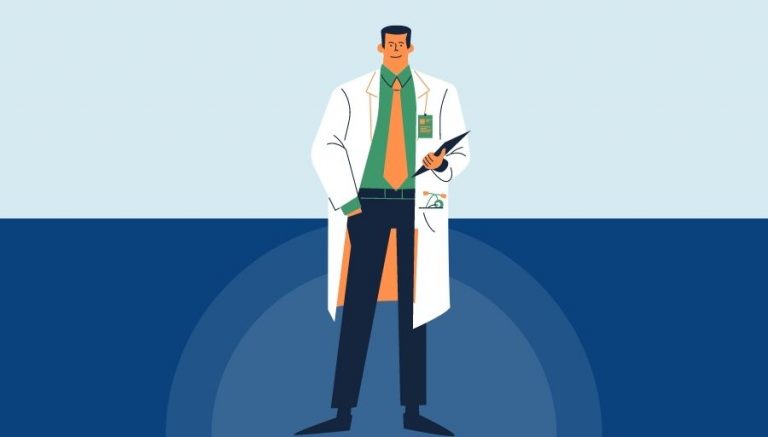ICD 10 CM S36.513A | Description & Clinical Information
ICD 10 S36.513A describes the occurrence of primary blast injury in the sigmoid colon, which is characterized by damage to the tissue of the curved part of the large intestine that connects to the rectum, and can be caused by the impact waves from an explosion, insufflation of too much air during endoscopy, intraabdominal gas explosions from the use of heat during surgery, or instillation of water under pressure into the anus, and this code is used for the initial encounter of the injury.
Official Description Of S36.513A
The ICD 10 CM book defines ICD 10 code S36.513A as:
Excludes2: injury of rectum (S36.6-)
Code also: any associated open wound (S31.-)
When To Use S36.513A
The diagnosis describes by the ICD-10-CM S36.513A code refers to a primary blast injury of the sigmoid colon. This type of injury can have severe consequences on the abdominal region and surrounding structures, which may include pain, bleeding, hematoma, perforation, nausea and vomiting, rectal pain, sepsis, and ischemic bowel, among other complications.
To diagnose this condition, healthcare providers rely on various methods, including the patient’s medical history and a physical examination. Providers may also use imaging techniques such as X-rays, computed tomography (CT), and ultrasound to assess the extent of the damage. A laparoscopy, which is a minimally invasive surgical procedure used to examine the internal organs, may also be used.
Another diagnostic tool that providers may use to detect abdominal injuries is diagnostic peritoneal lavage. This procedure involves the insertion of a catheter through the abdominal wall to fill the abdominal cavity with a sterile solution. The solution is then extracted, and healthcare providers examine it for any signs of bleeding or food particles.
Treatment options for a primary blast injury of the sigmoid colon may vary depending on the severity of the injury. Medications such as analgesics are often prescribed to manage pain and inflammation. Anticoagulants may also be prescribed to prevent blood clots from forming, which can further complicate the condition.
Furthermore, antibiotics may be prescribed to reduce the risk of infection, which is a common complication of this type of injury. Additionally, healthcare providers may treat any associated injuries that occurred during the same incident as the primary blast injury of the sigmoid colon. In some cases, surgical intervention may be required to repair the injured part and prevent further complications.
To conclude, a primary blast injury of the sigmoid colon can result in severe complications and may require prompt medical intervention. Healthcare providers use an array of diagnostic tools to assess the extent of the injury and determine the most appropriate treatment options for their patients. It’s crucial to seek medical attention as soon as possible if you suspect that you or someone else has suffered from a primary blast injury of the sigmoid colon.



